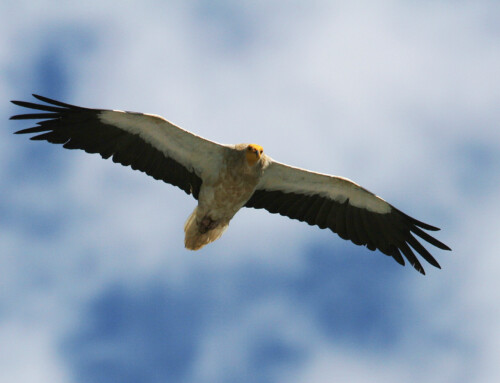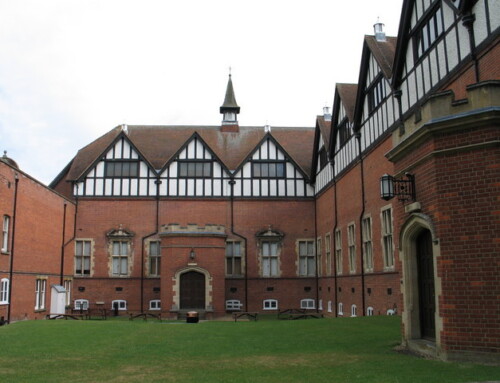LINKED PAPER
The reuse of avian samples: opportunities, pitfalls, and a solution. Brlík, V., Pipek, P., Brandis, K., Chernetsov, N., Costa, F.J.V., Gerardo Herrera, L.M., Kiat, Y., Lanctot, R.B., Marra, P.P., Norris, D.R., Nwaogu, C.J., Quillfeldt, P., Saalfeld, S.T., Stricker, C.A., Thomson, R.L., Zhao, T., Procházka, P. 2021 IBIS. DOI: 10.1111/ibi.12997 VIEW
 Millions of avian tissue samples have already been collected for thousands of scientific projects worldwide. However, these samples have an untapped potential to answer a wide range of questions if they could be located, made available and reused for other purposes.
Millions of avian tissue samples have already been collected for thousands of scientific projects worldwide. However, these samples have an untapped potential to answer a wide range of questions if they could be located, made available and reused for other purposes.
The range of potential uses of these samples is immense. Extensive reuse of such samples could yield large datasets and facilitate diverse, stirring collaborations bringing new ideas and interesting interpretations. Besides, the reuse of already collected samples could save finances and human resources needed for sampling or help studies on endangered species. Collectively, sample reuse could boost scientific research with manifold benefits for sample owners and researchers reusing these samples. However, broad sample reuse is largely limited at present.
Museum collections represent the largest source of already collected samples hosting enormous numbers of specimens (Suarez and Tsutsui 2004). However, museum online databases are frequently incomplete due to demanding digitisation and sample reuse is difficult due to an absence of a unified policy on the use of museum specimens. Large-scale scientific projects involving the public are another large source of already collected samples: the U.S. Fish and Wildlife Service’s Wingbee project, Bird Genoscape, or the Feather Map of Australia project. However, there is only a handful of such large projects severely limiting the potential benefits of sample reuse.
In contrast, every year avian researchers collect myriads of avian tissue samples from hundreds of species worldwide. These individual sample archives provide an excellent opportunity for sample reuse that would overcome temporal, geographic, or taxonomic biases and greatly benefit science. Despite a growing number of data repositories (Pinfield et al. 2014) and their benefits (Piwowar 2011), looking for samples of interest is challenging. A lack of search tools specifying sample details and enormous number of published papers largely limits such efforts, not to speak of samples from unpublished projects. Consequently, the absence of a searchable sample metadata repository hampers effective searches for the already collected samples and significantly restricts their broad scale reuse.
 Figure 1 Example of avian tissue samples and sample metadata (Photo: Petr Procházka).
Figure 1 Example of avian tissue samples and sample metadata (Photo: Petr Procházka).
A group of ornithologists joined together to call for a wide reuse of previously collected avian samples and introduce the very first metadata repository – AviSample Network (on Twitter: @AviSampleNet). The metadata repository is completely free and designed for storing sample metadata from a wide range of research fields. The main aims are to advertise and store information about collected bird tissues, and to help researchers find and contact owners of relevant samples. Before its public release, the AviSample Network metadata repository already featured metadata on almost 25 000 samples from almost 400 species collected at all continents. Moreover, the oldest record describes three feather samples from European starling (Sturnus vulgaris) collected in central Russia in 1847!
The large number of samples already featured in the AviSample Network metadata repository is promising. We hope the AviSample Network metadata repository will grow steadily, will greatly facilitate global connections between researchers, increase interdisciplinarity (Okamura 2019) and hopefully, inspire sample reuse across research fields and disciplines.
Visit AviSample Network, browse already collected samples and register to upload your own sample metadata! Follow news and newly uploaded sample descriptions @AviSampleNet.
 Figure 2 Geographic coverage of sample descriptions during public release of the AviSample Network metadata repository.
Figure 2 Geographic coverage of sample descriptions during public release of the AviSample Network metadata repository.
Acknowledgements
The work was supported by the Czech Science Foundation (grant no. 20-00648S).
Image credit
Top right: Show ryu, CC BY-SA 3.0, via Wikimedia Commons
References
Okamura, K. 2019. Interdisciplinarity revisited: evidence for research impact and dynamism. Palgrave Communications 5: 141. VIEW
Pinfield, S., Salter, J., Bath, P.A., Hubbard, B., Millington, P., Anders, J.H.S. & Hussain, A. 2014. Open-Access Repositories Worldwide, 2005 – 2012: Past Growth, Current Characteristics, and Future Possibilities. Journal of the Association for Information Science and Technology 65: 2404–2421. VIEW
Piwowar, H.A., Vision, T.J. & Whitlock, M.C. 2011. Data archiving is a good investment. Nature 473: 285. VIEW
Suarez, A.V & Tsutsui, N.D. 2004. The Value of Museum Collections for Research and Society. Bioscience 54: 66–74. VIEW




